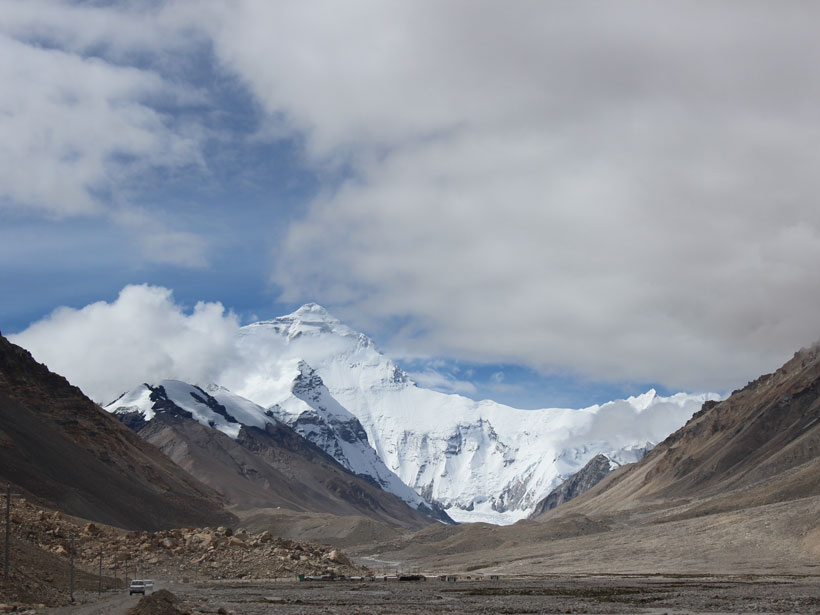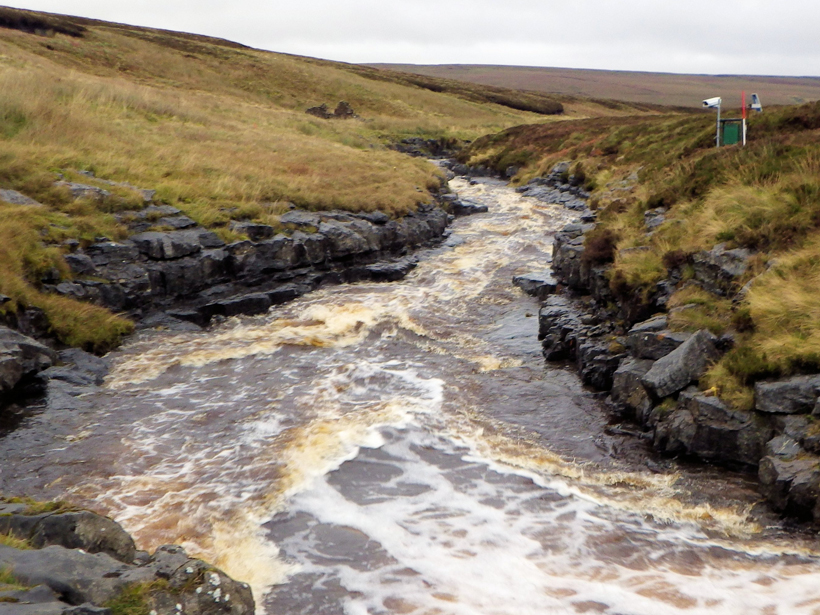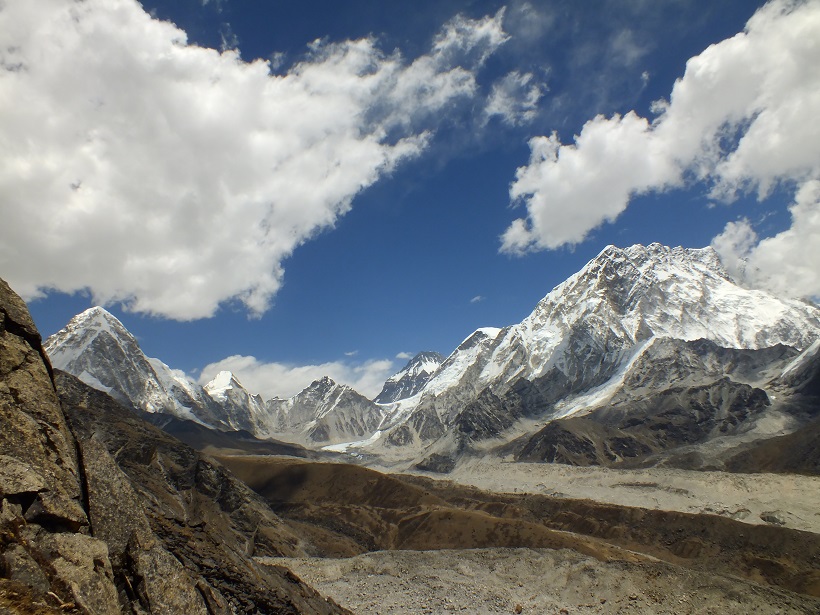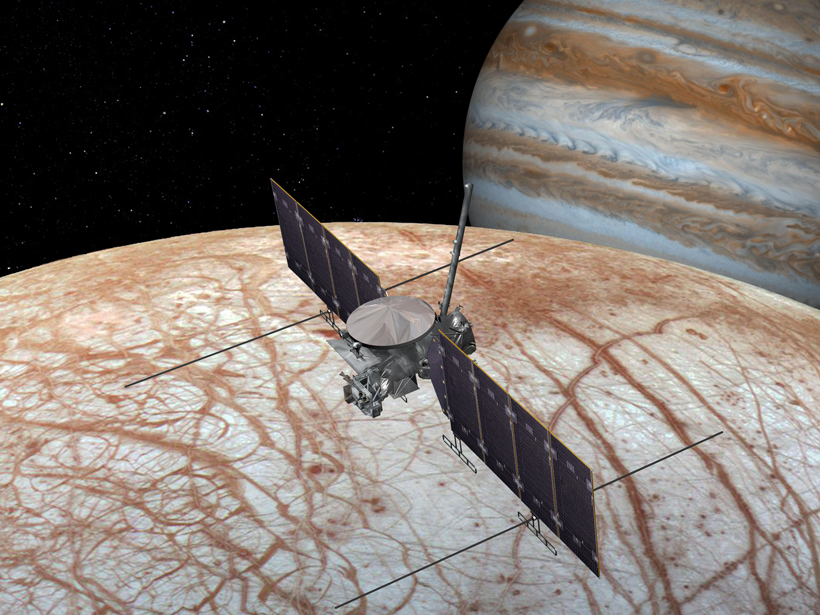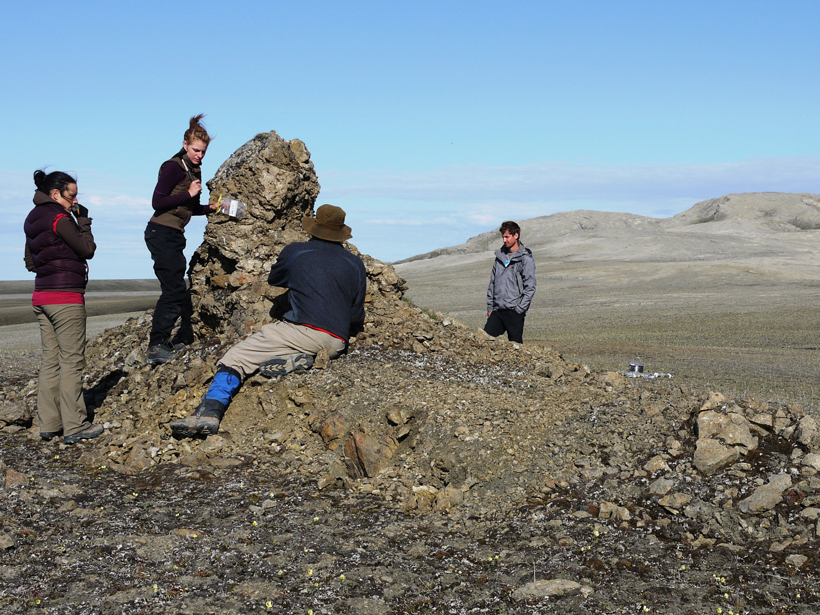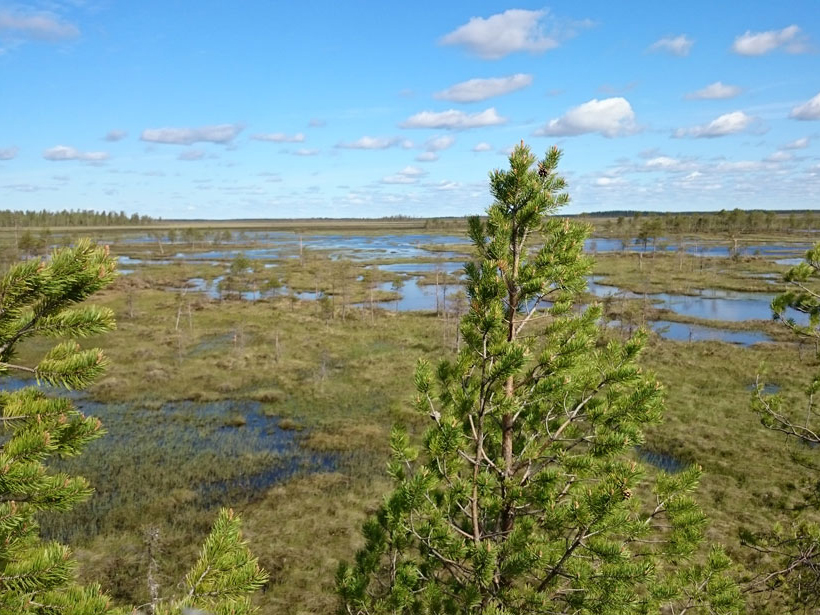To understand the ancient movement of Earth’s tectonic plates, comprehensive magnetic and petrographic studies are needed to detect secondary magnetization in carbonates and other sedimentary rocks.
CC BY-NC-ND 2017
How Do Rivers Flow over Bedrock?
A study questions whether the hydraulics of rivers that lack loose sediments along their bottoms can be accurately depicted by standard equations for flow over sediment.
Plague Bug May Have Lurked in Medieval England Between Outbreaks
A new analysis of climate records in England and Europe’s Low Countries suggests that the disease-causing bacterium persisted in rodents between recurrences in people.
Competing Models of Mountain Formation Reconciled
The author of a prize-winning paper published in Geochemistry, Geophysics, Geosystems describes new insights into crustal mechanics and the formation of the Himalaya.
Newly Signed Federal Budget Is Favorable to Science
Budget bill signed by Trump this afternoon shows bipartisan congressional support for Earth and space sciences despite the administration’s initial goal of cutting nondefense discretionary spending.
Ancient Methane Seeps Tell Tale of Sudden Warming
Newly discovered rock mounds left by ancient methane seeps give scientists clues that methane on ancient ocean floor was released by ancient global warming.
When Ocean and Atmosphere Couple, the Climate Wobbles
Every 25–30 years, the ocean and atmosphere conspire to produce an enhanced North Atlantic Oscillation
Catching Glimpses of Centuries-Old Earthquakes
Researchers in the western United States survey the earthquakes that have torn up California for the past millennium.
Reinterpreting the Age and Origins of Taiwan’s Yuli Belt Terrane
Uranium-lead dating of zircons from Taiwan’s east central metamorphic belt offers robust evidence that this uplifted terrane is some 90 million years younger than previously thought.
What’s the Average Methane Isotope Signature in Arctic Wetlands?
Aircraft measurements confirm that methane emissions from northern European wetlands exhibit a uniform regional carbon isotopic signature, despite considerable ground-level heterogeneity.

